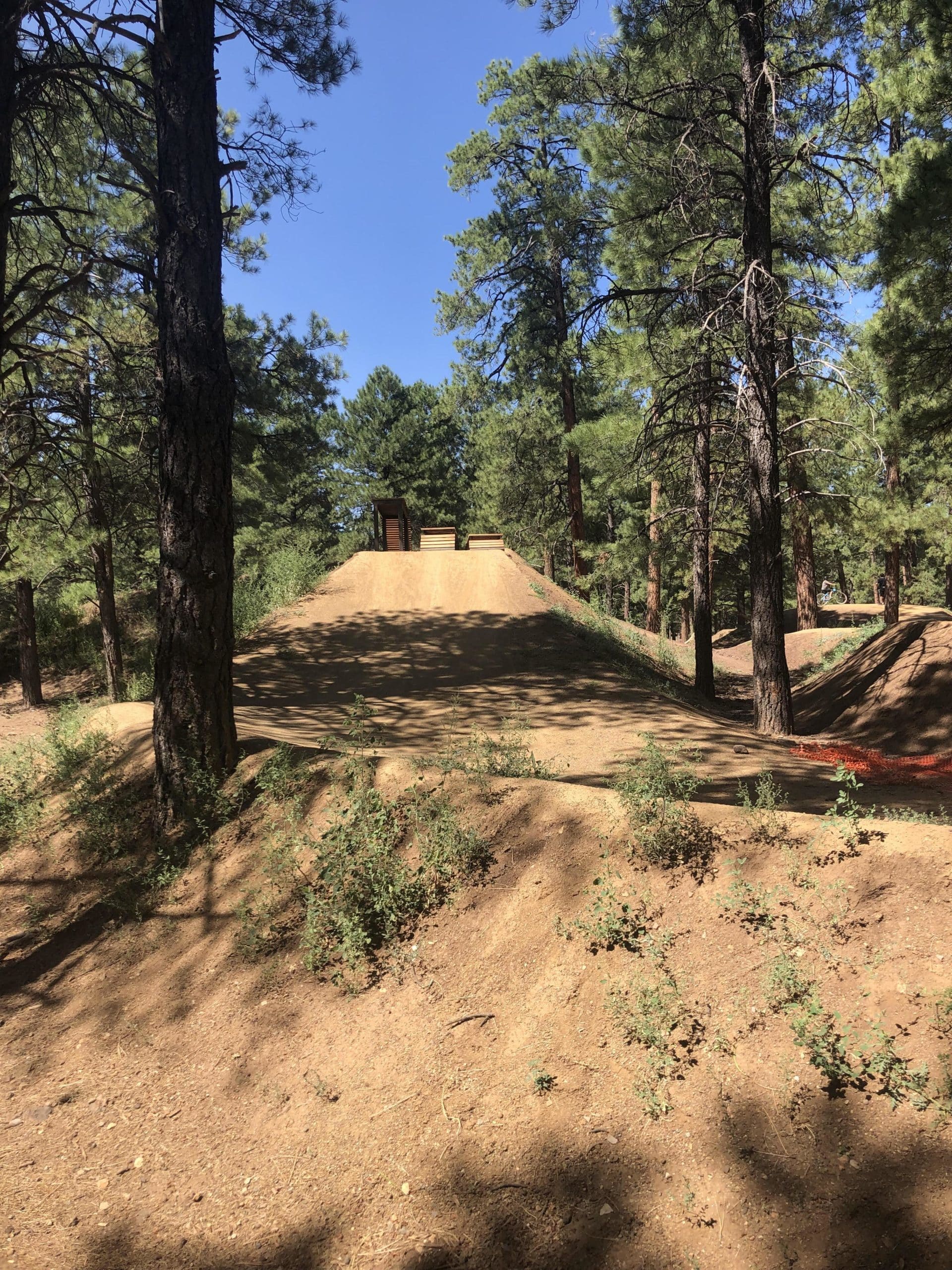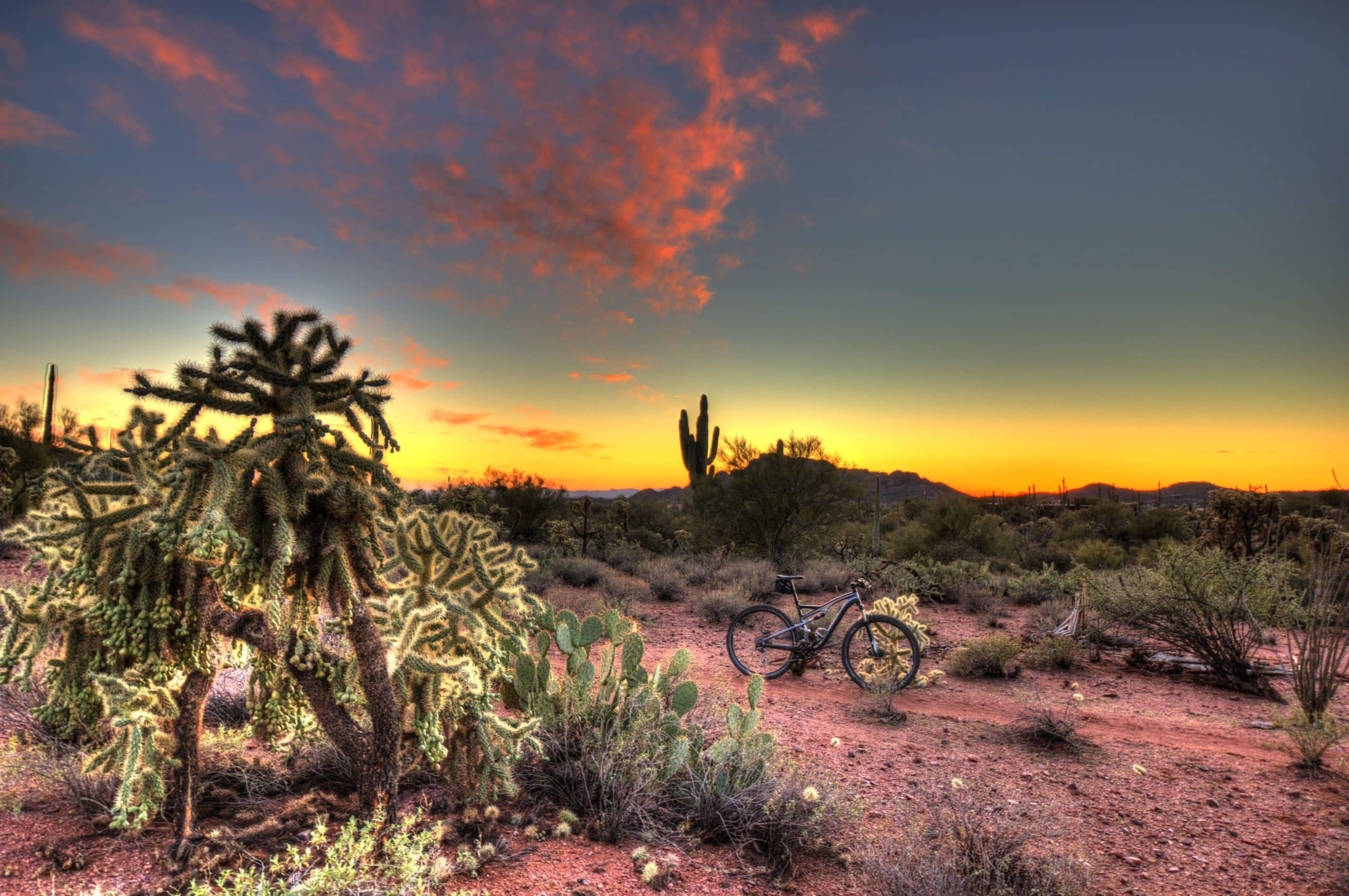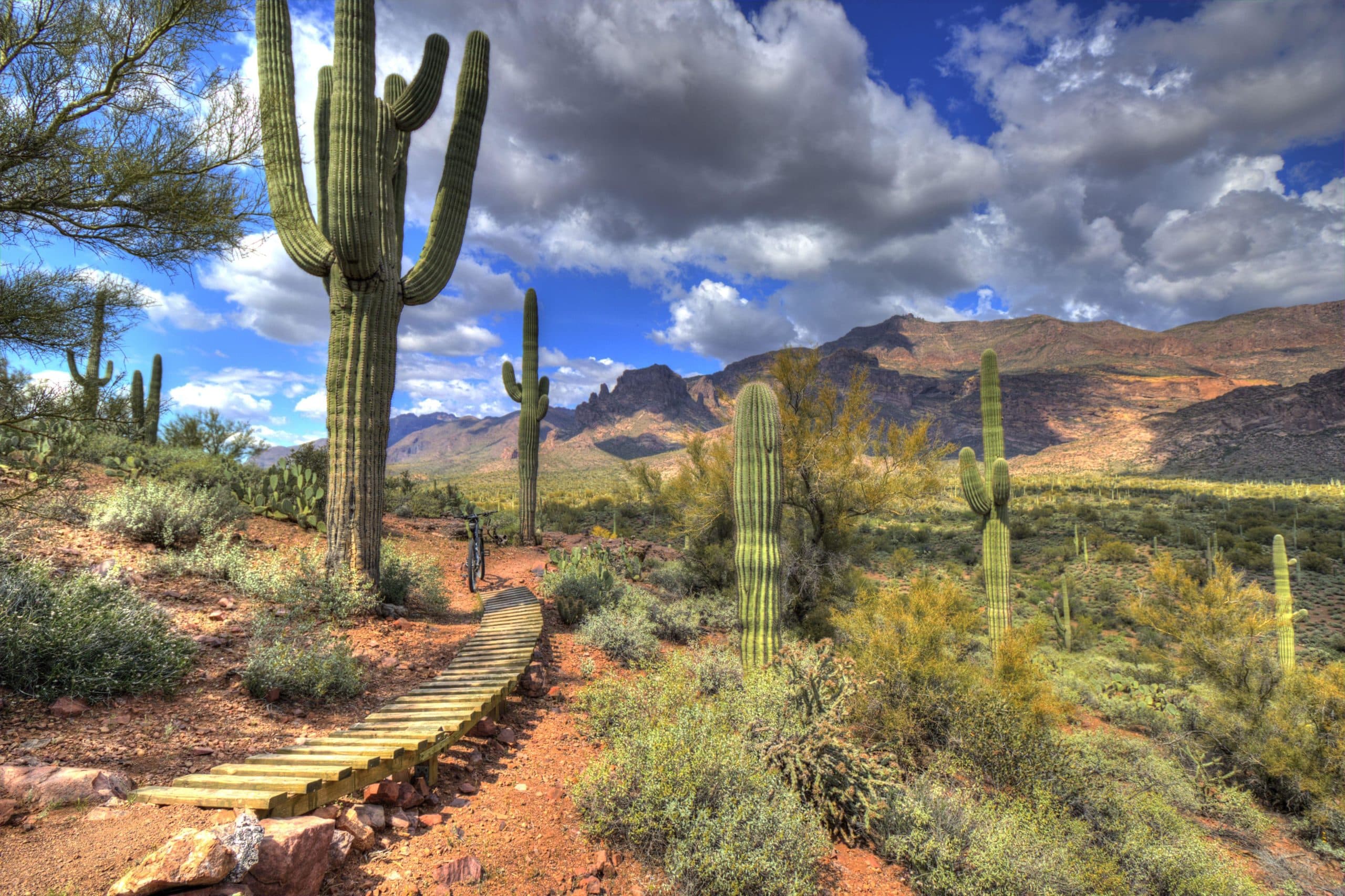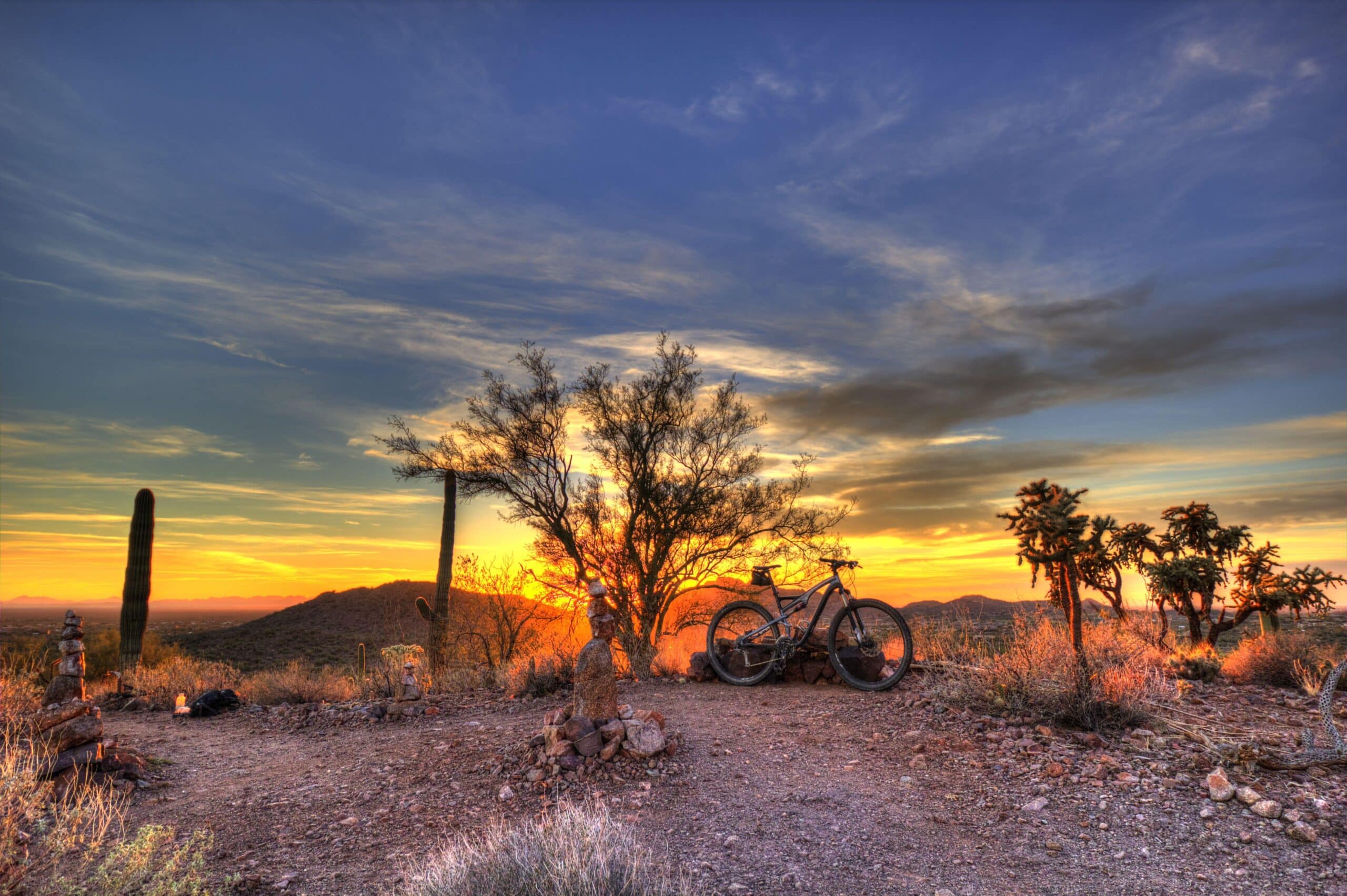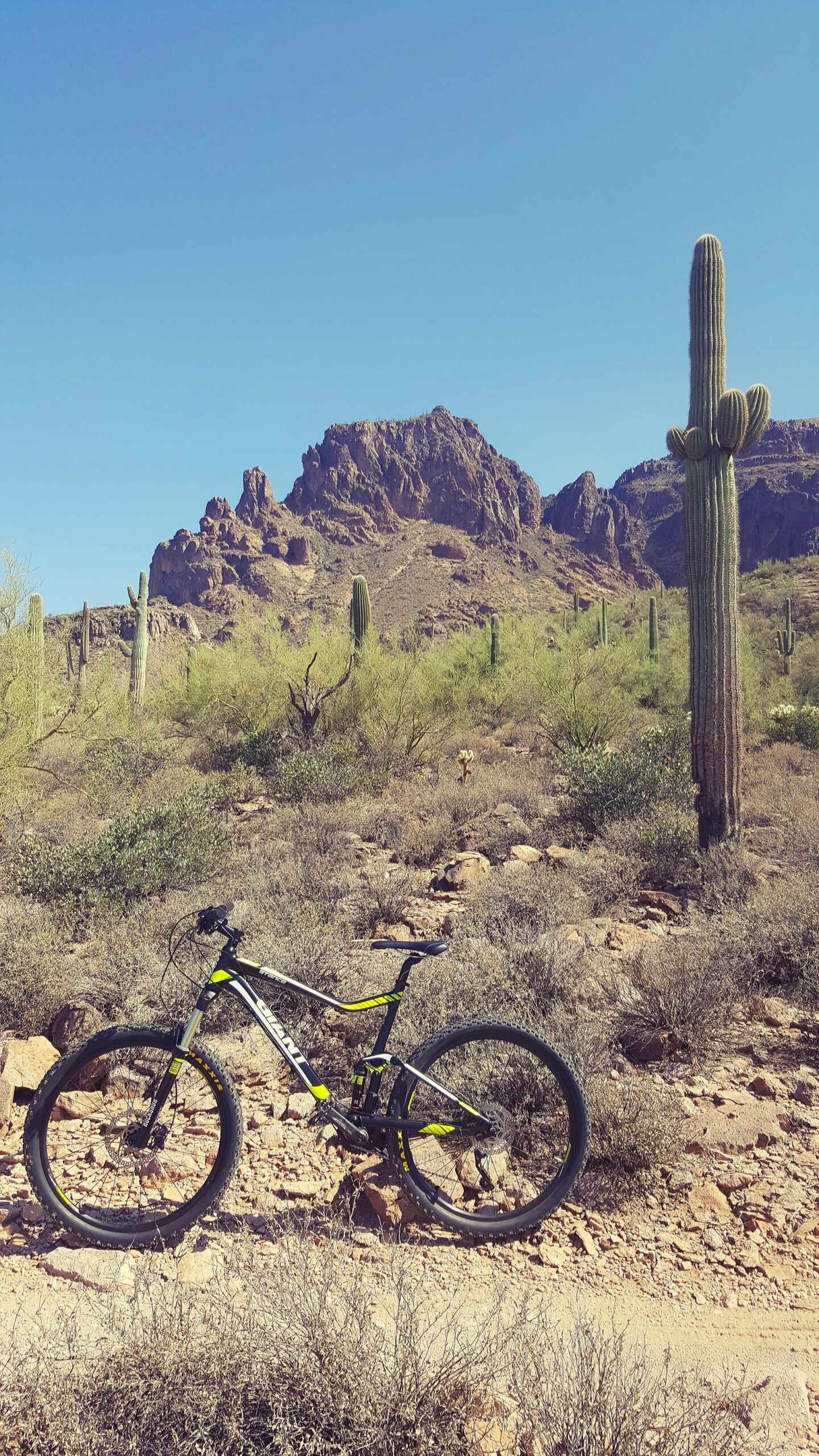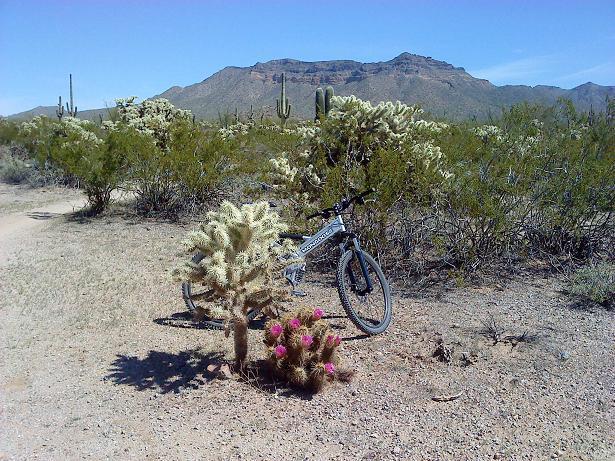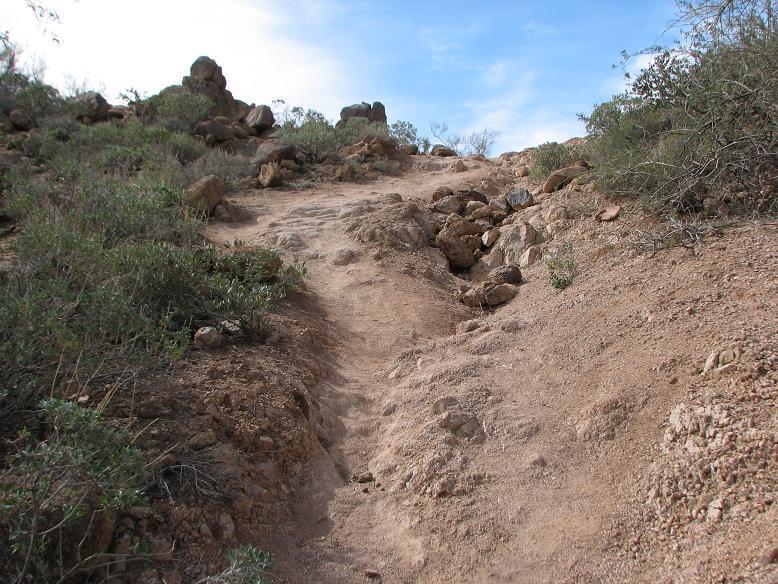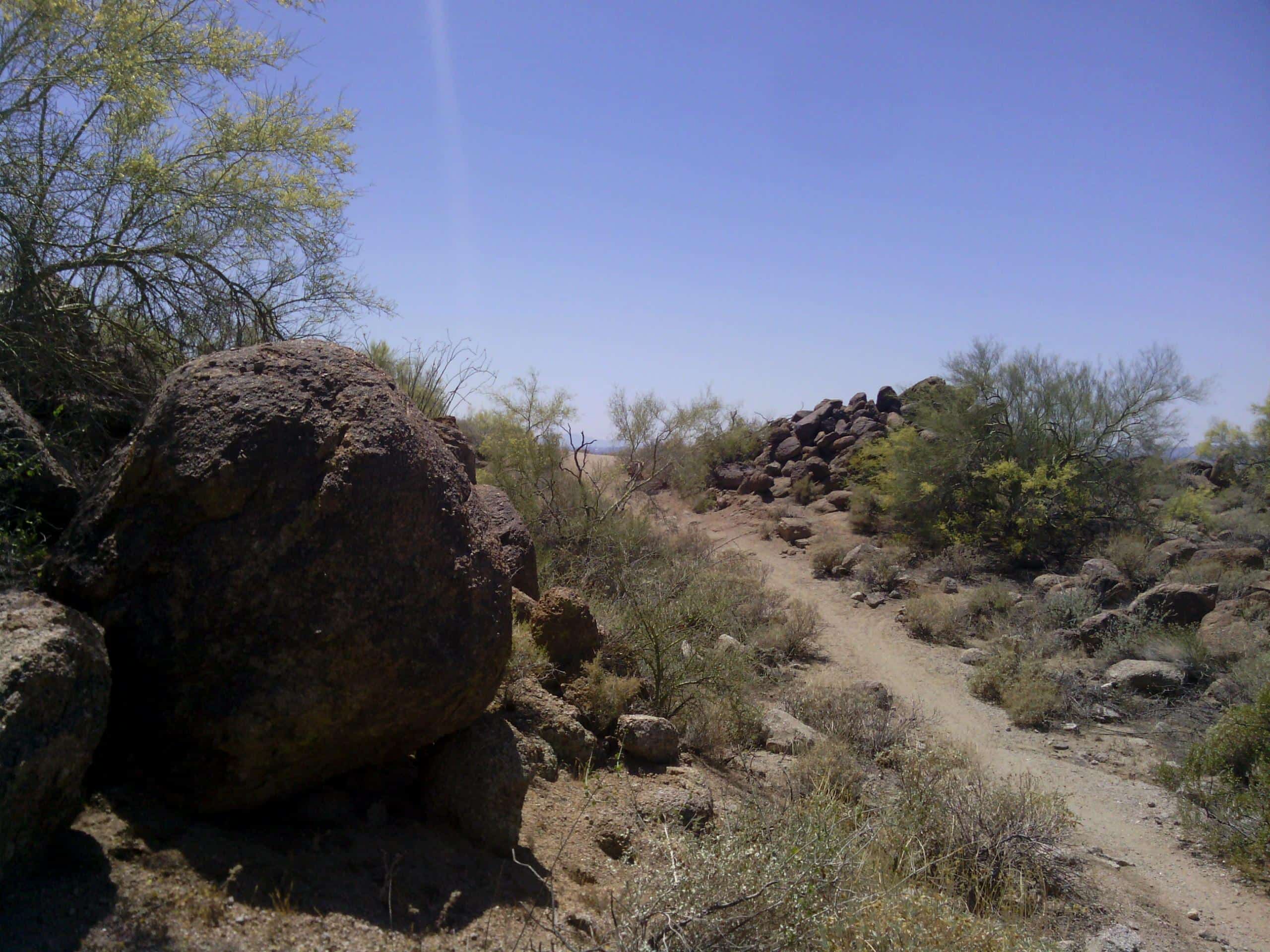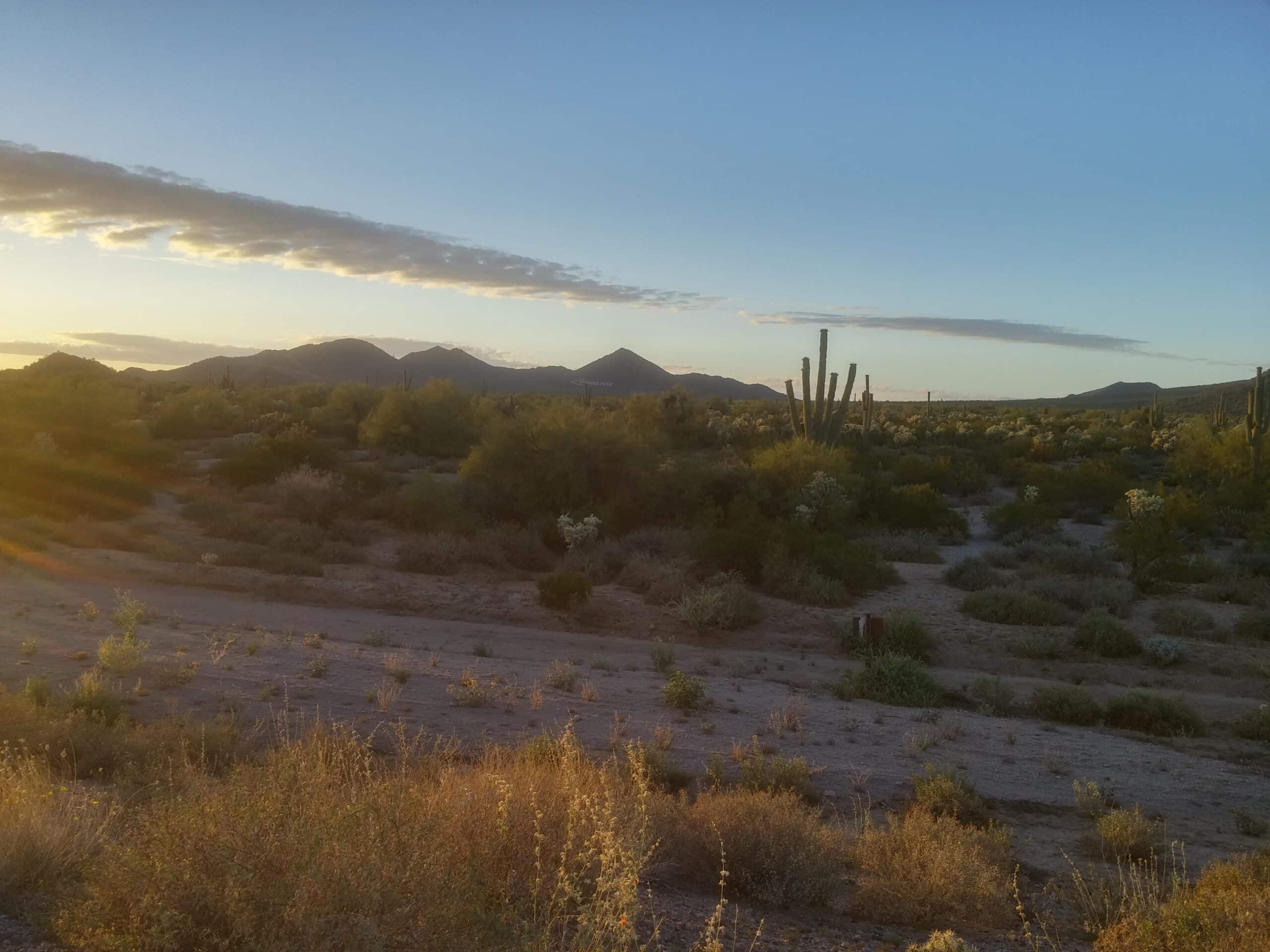Arizona: Area Description
Nestled in the southwestern United States, Arizona boasts a diverse and breathtaking geography that includes dramatic canyons, towering mountains, vast deserts, and vibrant rivers.
Geography of Arizona
Arizona is one of United States’ four corner states. It is the sixth largest state and is located in the Southwestern end of the country. 15% of the state’s total land area is owned privately and the rest is state trust land, public forest, and Native American reservations.
Arizona is popular for the Colorado plateau, mesas, high mountains and its 24 national parks. The state’s southern parts is a desert basin covered with xerophyte plants like cactus. The north-central part is the Colorado plateau, which is covered with pine.
| Land area |
113,998 mi² |
| Max elevation |
12,044 ft |
| Min elevation |
-7 ft |
Demographics of Arizona
Arizona is one the largest populated states in the U.S. Of the entire 7.276 million people, 4.7 million reside in metropolitan Phoenix and about 1 million in Tucson. This means that metropolitan Phoenix alone has two-thirds of the state’s total population.
58% of the population speaks English at home. Among the 48 contiguous states, Arizona is known to have the largest number of Native American Language speakers. Over 85,000 people speak Navajo. Spanish is the top non-English language spoken by the population.
| Total population |
7.276 million |
| Population density |
63/ mi² |
Climate of Arizona
As it is a large area with different elevations, Arizona has the widest variation of localized climate conditions. The climate is mostly desert-like with super-hot summers and mild winters. November to February are the coldest months with temperatures as low as 24 degrees Fahrenheit and occasional frosts.
Summers in Arizona can be blistering hot with temperatures as high as 125 degrees Fahrenheit. June to September are the hottest months. The rainy season is between July and August and is characterized by brief downpours, lightning, thunderstorms and win. Sometimes torrential downpours cause flash floods, so you have to be careful when riding in this season.
Since summers in Arizona are too hot, the best time to go mountain biking in the State is in early spring, during winter or late fall. Although the winters are mild, some place like Prescott and Flagstaff snow. You best check the weather forecast when planning for a riding adventure. The best news is that one place may be covered in snow and a few miles away you could get a warm and sunny Singletrack.
Average temperature by months
| HIGH |
PHOENIX |
Tucson |
Flagstaff |
| JAN |
67°F |
66°F |
43°F |
| FEB |
71°F |
70°F |
46°F |
| MAR |
78°F |
76°F |
52°F |
| APR |
86°F |
83°F |
59°F |
| MAY |
95°F |
92°F |
68°F |
| JUN |
104°F |
100°F |
78°F |
| JUL |
106°F |
100°F |
80°F |
| AUG |
104°F |
97°F |
77°F |
| SEP |
99°F |
94°F |
72°F |
| OCT |
88°F |
85°F |
62°F |
| NOV |
75°F |
74°F |
51°F |
| DEC |
66°F |
66°F |
43°F |
| OW |
PHOENIX |
Tucson |
Flagstaff |
| JAN |
46°F |
42°F |
20°F |
| FEB |
49°F |
45°F |
22°F |
| MAR |
54°F |
49°F |
26°F |
| APR |
61°F |
55°F |
31°F |
| MAY |
70°F |
63°F |
37°F |
| JUN |
79°F |
72°F |
45°F |
| JUL |
85°F |
77°F |
53°F |
| AUG |
84°F |
75°F |
52°F |
| SEP |
77°F |
70°F |
44°F |
| OCT |
65°F |
60°F |
34°F |
| NOV |
53°F |
49°F |
26°F |
| DEC |
46°F |
43°F |
20°F |
Infrastructure in Arizona
Arizona has solid infrastructure. Phoenix and Tucson have complex state highways and bus transit systems. There is also a light rail system that connects Phoenix with other nearby cities like Messa. You can easily move from one city to another by train or road.
Except for the hundreds of trails that make Arizona a cycling haven for serious riders, the cities’ biking infrastructure is not extra-ordinary. Tucson is the most bikeable city with up to 135 mile car-free bike paths. The Chuck Huckelberry Tucson Loop is rated the number one bike trail in America by media outlets and top biking magazines. Phoenix comes close with various scenic bike paths for cross-country and mountain biking.
Sights and Landmarks in Arizona
The grandest landmark in Arizona that you shouldn’t miss is the Grand Canyon on the Colorado plateau. Other on and off-the-bike must-see landmarks include;
- Monument valley
- Antelope canyon
- Horseshoe bend (In Grand Canyon National Recreation Area)
- Cathedral rock in Sedona
Mountain biking in Arizona is an unmatched and underrated adventure. Many people have experience riding in Sedona but have not explored the beauty in Tucson, Phoenix and Black Canyon Trail. All the trails have stunning scenery and landscape. You can pedal through blooming desert landscapes on the famous Sonoran Preserve North/South loop and stop to take in the beauty of towering red rock bluffs. The Sonoran Preserve has a stunning landscape and a lush cacti forest that is home to various wildlife like coyotes, Gila monster, tarantulas and tortoises. Moreover, if you visit the conservancy during the Tour de Scottsdale you can participate in the biking event that entails going round the 70-mile conservancy.
You can also ride from Table Mesa to Black Canyon and enjoy the desert landscape covered with cacti.
FAQ
Which is the best mountain biking trail in Phoenix?
The full Trail 100 from Tatum to 7th Ave is a great out-and-back in the heart of Metropolitan Phoenix. It has enough technical features to wear you out and is adequately long with plenty of moderate sections for intermediate riders.
Is there a beginner-friendly trail through Sonoran desert?
Figure 8, also known as the Great horned out trail is a Singletrack through Sonoran desert. Although it is rated intermediate, most of the trail’s sections are easy or moderate.
Can I ride a bike in Arizona during winter?
Arizona is a mountain biking paradise during winter because of the favorable lower temperatures and dry conditions. Trails like ‘Trail-100’ get crowded during winter holidays because many bikers like to take advantage of the favorable climate. Instead of swapping your bike for a ski or snowboard this winter, bring your bike to Arizona and explore the different mountain biking trails.

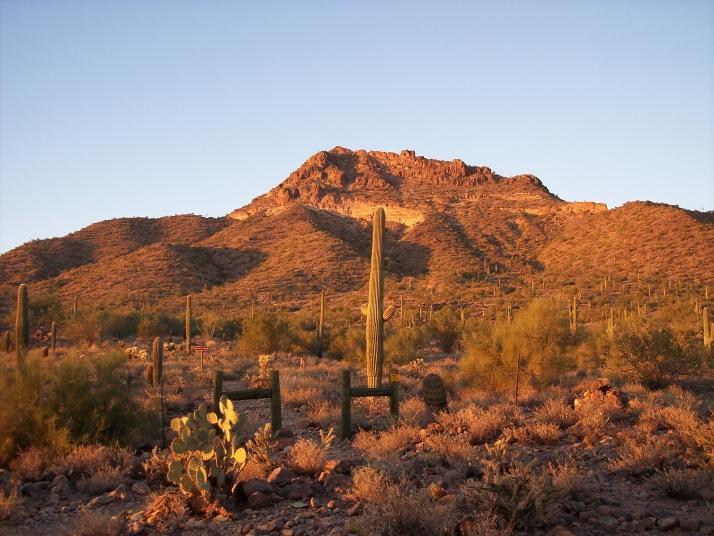
 20 mi
20 mi
